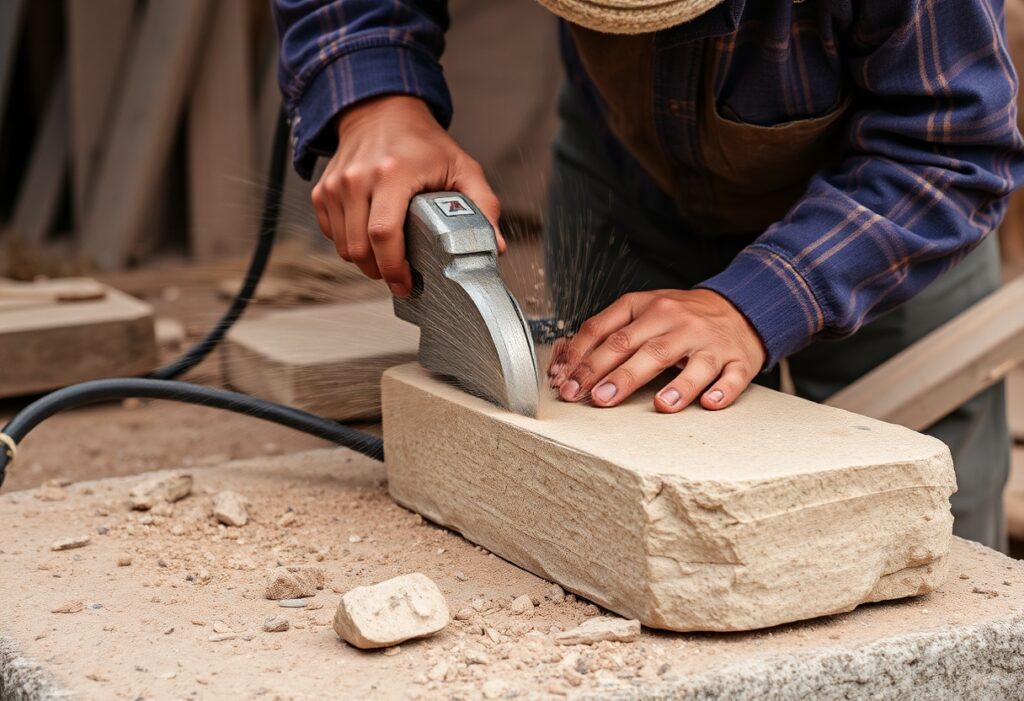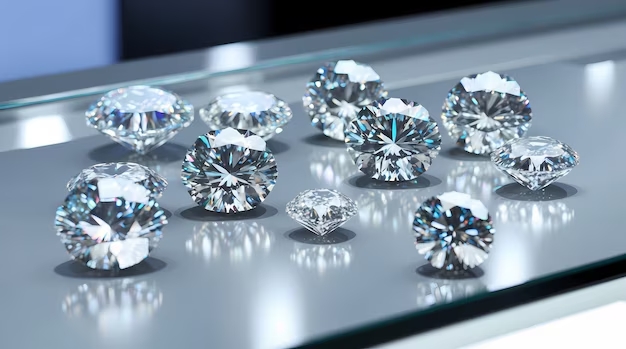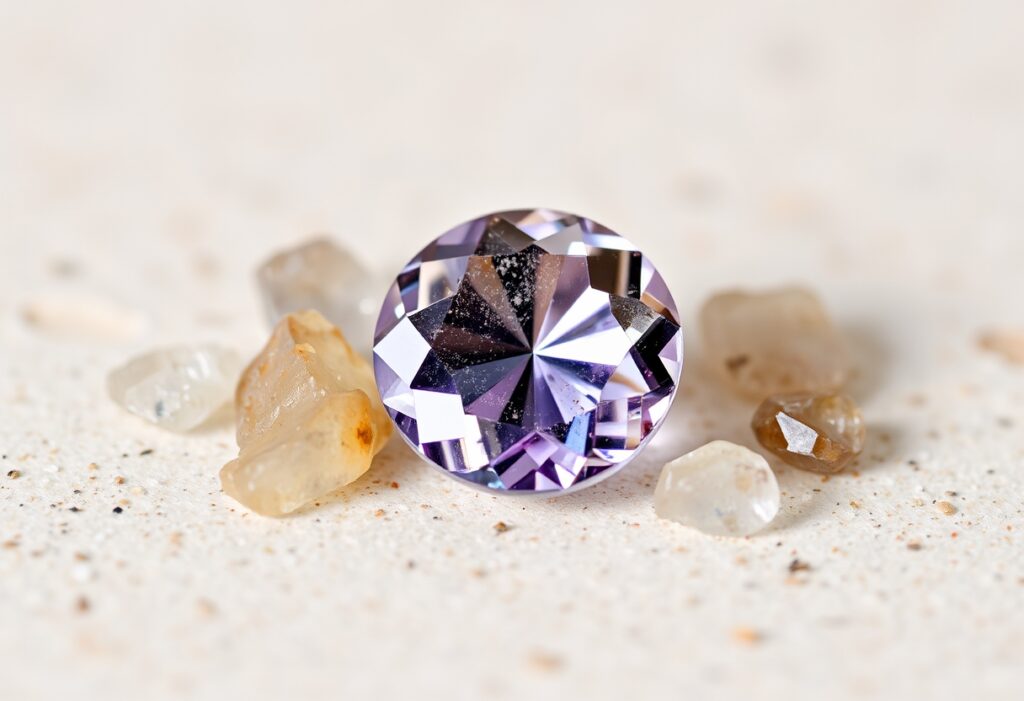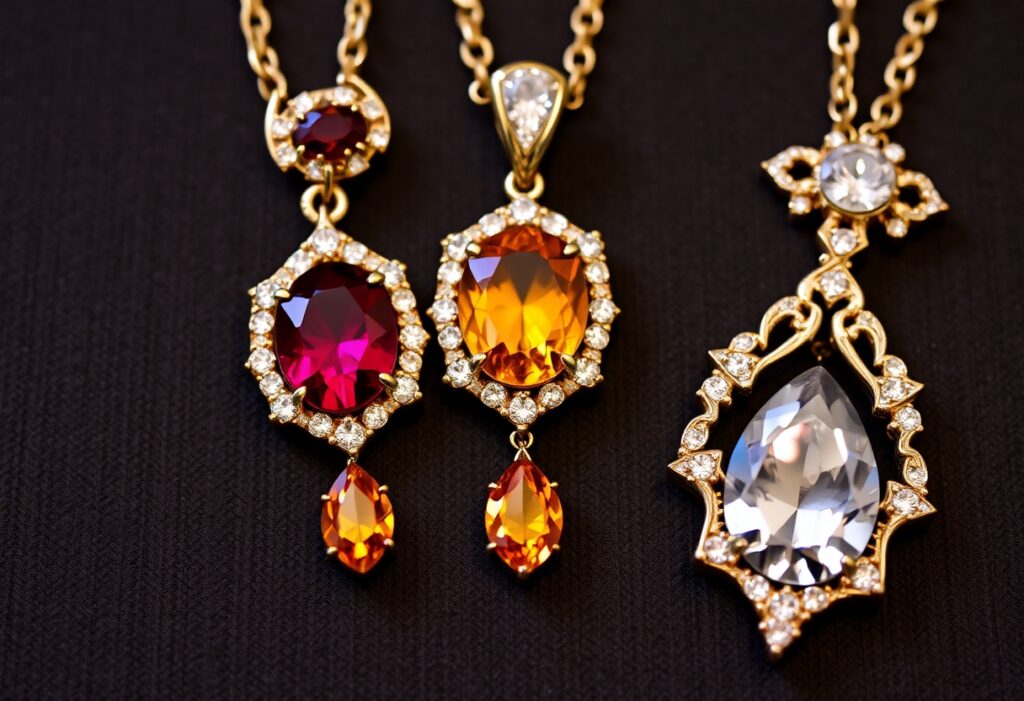Why is Diamond Grading Important?
Diamond grading provides a clear understanding of a diamond’s quality, helping buyers make informed decisions and ensuring sellers receive a fair price for their stones. Without an objective grading system, it would be difficult to compare diamonds or determine their true value. Our grading process follows internationally recognized standards set by leading authorities in gemology to ensure accuracy and consistency.
Why is Diamond Grading Important?
Diamond grading provides a clear understanding of a diamond’s quality, helping buyers make informed decisions and ensuring sellers receive a fair price for their stones. Without an objective grading system, it would be difficult to compare diamonds or determine their true value. Our grading process follows internationally recognized standards set by leading authorities in gemology to ensure accuracy and consistency.
The 4Cs of Diamond Grading
The 4Cs of Diamond Grading

Cut
It’s the only one of the 4Cs influenced by human craftsmanship, and it has a significant impact on the diamond’s brilliance and fire.
A well-cut diamond reflects light beautifully, creating a mesmerizing sparkle, while a poorly cut diamond may appear dull .
Proportions: How well the stone’s facets align and interact with light.
- Symmetry: The precision of the diamond’s shape and alignment.
- Polish: The smoothness of the diamond’s surface, which affects its shine.
A diamond’s cut is arguably the most crucial factor in determining its overall beauty.

Clarity
Clarity refers to the absence of internal flaws (inclusions) or external blemishes in a diamond. Since diamonds are formed under immense pressure and heat deep within the Earth, most diamonds have imperfections, though they may be invisible to the naked eye.
- Internally Flawless (IF): No internal inclusions, only minor surface blemishes visible under 10x magnification.
- Very Very Slightly Included (VVS1 and VVS2): Very small inclusions, difficult to detect even under 10x magnification.
- Included (I1, I2, and I3): Inclusions visible to the naked eye, which may affect the diamond’s brilliance and durability.
Clarity is an important factor when assessing a diamond’s overall quality and value. However, in many cases, minor inclusions do not detract from the beauty of the diamond, especially if they are not visible to the naked eye.

Color
Colorless diamonds are the most rare and valuable because they allow more light to pass through, enhancing the stone’s brilliance.
- D-F: Colorless – The highest color grade, with no discernible hue.
- G-J: Near Colorless – Slight hints of color visible only when compared to higher-grade diamonds.
- S-Z: Light Color – Strong color, typically yellow or brown.
The color grading scale is subtle, and differences can be difficult to notice without comparing diamonds side by side. However, even a small change in color can significantly affect a diamond’s price.

Carat
Carat weight measures the size of a diamond, with one carat equaling 200 milligrams. Larger diamonds are rarer and more expensive, but carat size alone does not determine a diamond’s value. It must be evaluated in conjunction with the other 4Cs.
For example, a diamond with a higher carat weight but poor cut and clarity may be less valuable than a smaller diamond with excellent cut and clarity. When choosing a diamond, consider both size and quality to find the right balance for your needs and budget.
Diamond Certification
To ensure the highest standards in diamond grading, each diamond we assess comes with a diamond certification from a recognized gemological laboratory. These certificates provide an objective and detailed report of the diamond’s quality, offering peace of mind to both buyers and sellers.
To ensure the highest standards in diamond grading, each diamond we assess comes with a diamond certification from a recognized gemological laboratory. These certificates provide an objective and detailed report of the diamond’s quality, offering peace of mind to both buyers and sellers.

Choosing the Right Diamond
Choosing the Right Diamond
When selecting a diamond, it’s important to consider all aspects of its grading. A diamond’s cut, clarity, color, and carat weight each play a role in its overall beauty and value At GIR , our expert gemologists are here to guide you through the diamond selection process. Whether you’re looking for a stunning engagement ring or a valuable investment piece, we’ll help you choose a diamond that meets your exact specifications.
Contact Us for Diamond Grading Services

Contact Us for Diamond Grading Services
For more information about our diamond grading services or to schedule an appointment with one of our gemologists, please [Contact Us]. We’re committed to providing accurate and detailed diamond assessments, ensuring you have all the information you need to make an informed decision.
